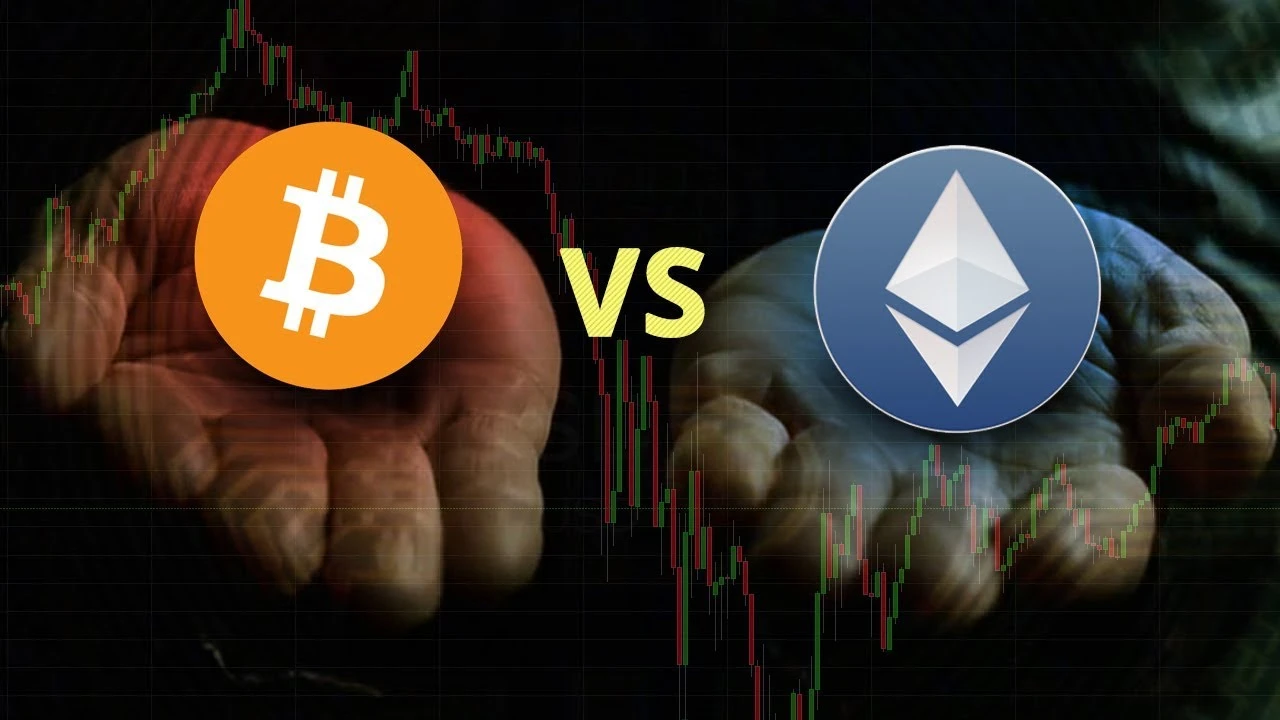The race to build practical quantum computers has intensified as technology companies seek to overcome fundamental challenges in quantum physics. These machines promise to solve complex problems in chemistry, materials science and drug development that remain beyond the reach of classical computers.
Yet whilst leading tech companies like Google and IBM have taken major steps in quantum computing advancement, including using superconducting circuits to create quantum bits and trapped-ion systems, these systems face challenges with stability and scalability that have limited their practical applications.
Now, taking the next step in quantum computing’s evolution, Microsoft has unveiled a quantum processor that it says marks a shift in the development of large-scale quantum computers, but through a different technical approach.
How Majorana Brings a new perspective
Microsoft’s Majorana 1 harnesses a new topological core that microsoft claims can revolutionize the quantum computing industry. Such new breakthroughs will enable complex decade worth problems to be solved in years.
The processor relies on a material called a topoconductor, which can observe and control quantum particles known as Majoranas to produce more stable quantum bits, or qubits – the fundamental building blocks of quantum computers.
Microsoft’s Views on this New Product
“We took a step back and said ‘OK, let’s invent the transistor for the quantum age. What properties does it need to have?’,” Chetan Nayak, Microsoft Technical Fellow says.
“And that’s how we got here; it’s the particular combination, the quality and the important details in our new materials stack that have enabled a new kind of qubit and our entire architecture.”
The company says the architecture provides a path to fitting one million qubits on a single chip and this number of qubits represents a threshold for quantum computers to deliver solutions to problems such as breaking down microplastics or developing self-healing materials.
The Majorana 1 can become a detrimental step forward towards a more fruitful future in the world of quantum computing!
















